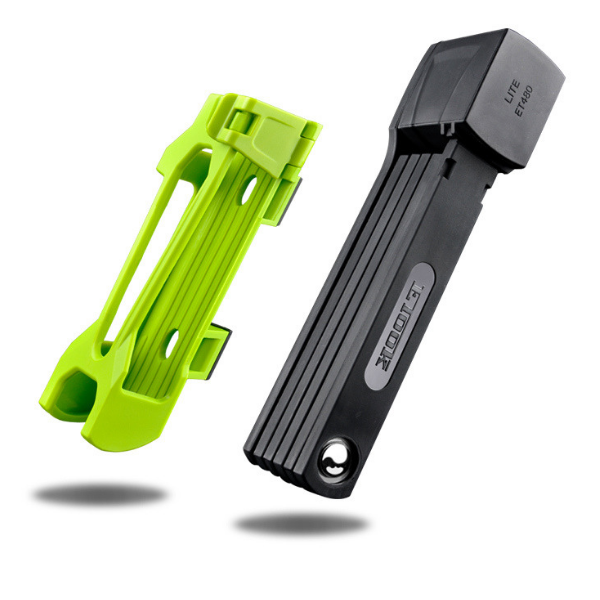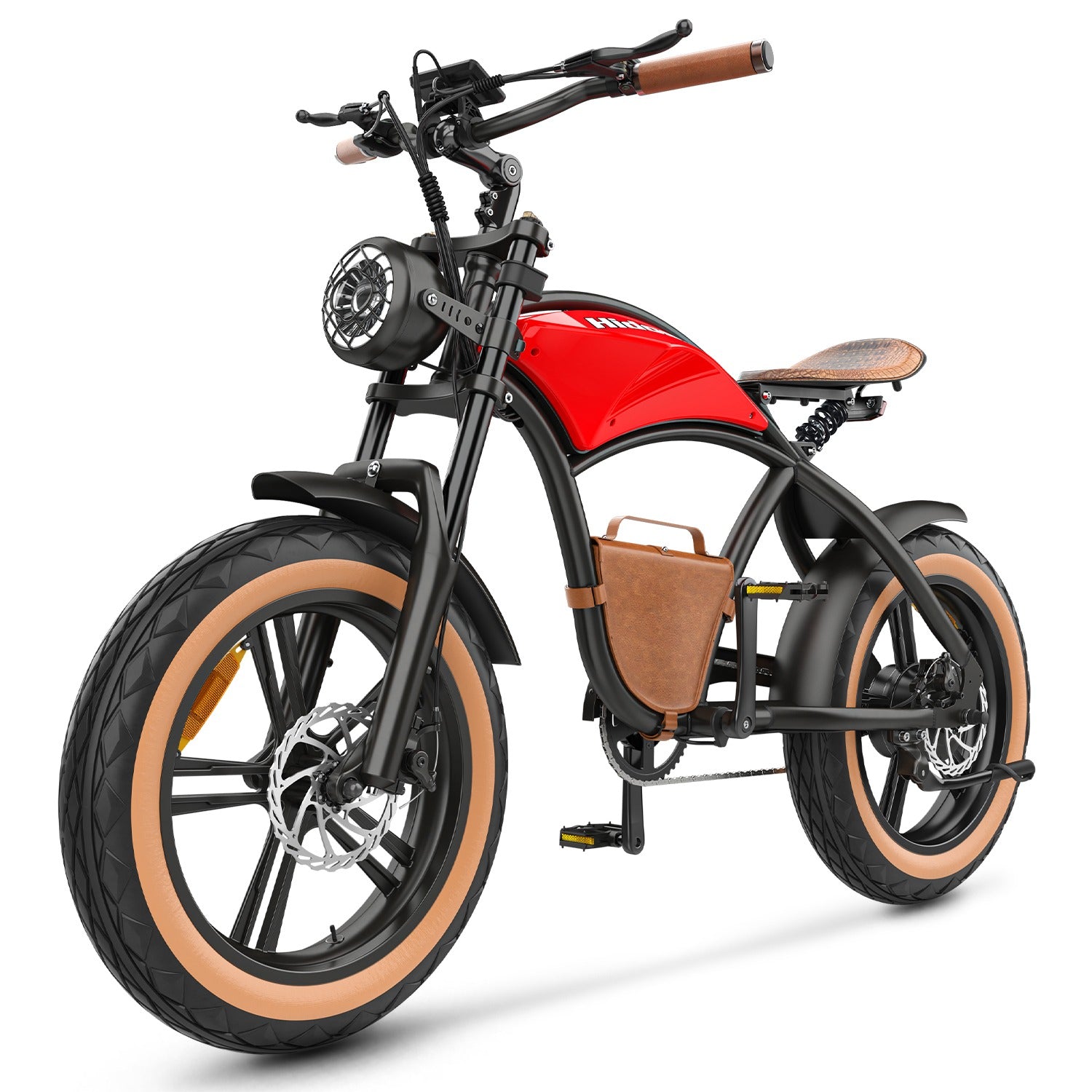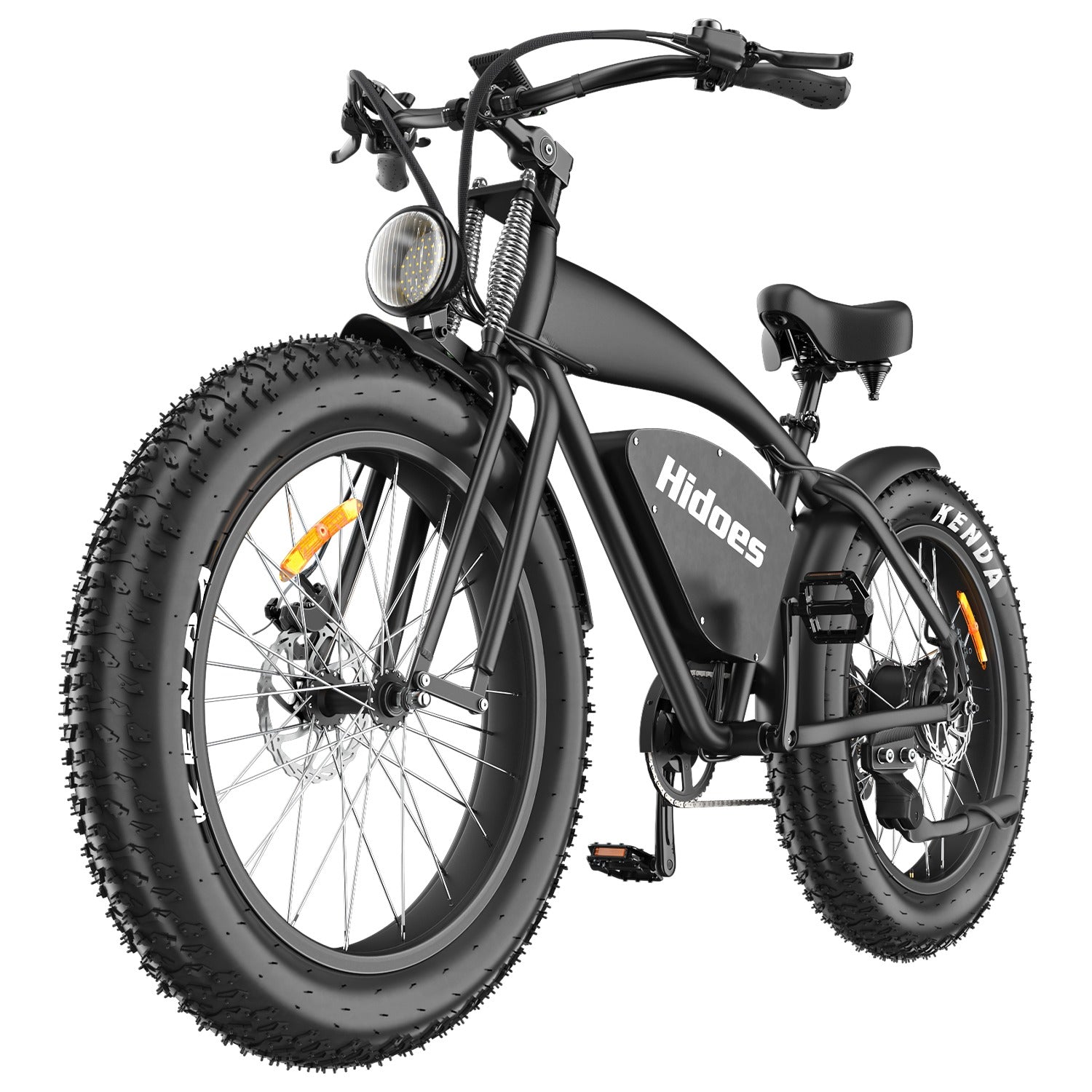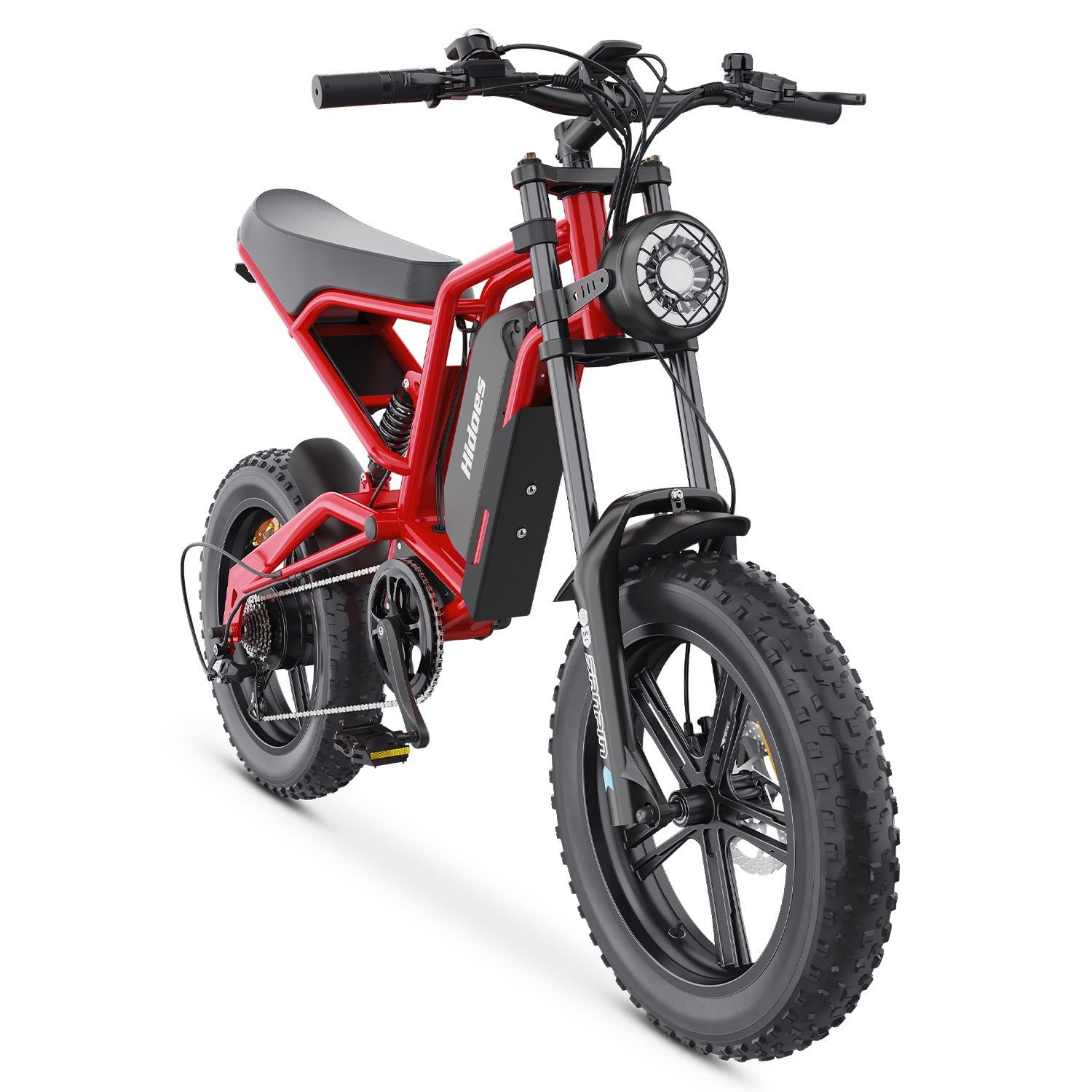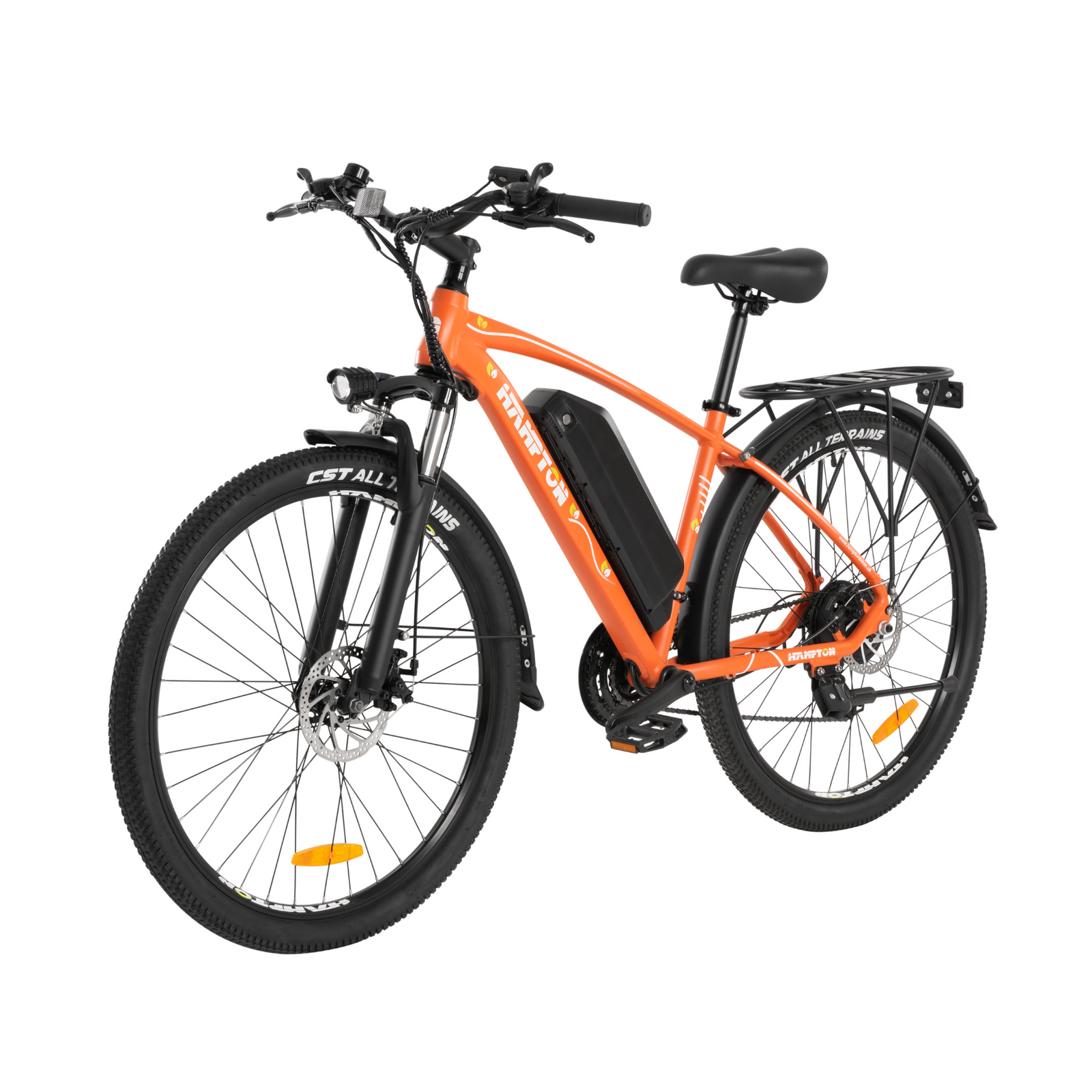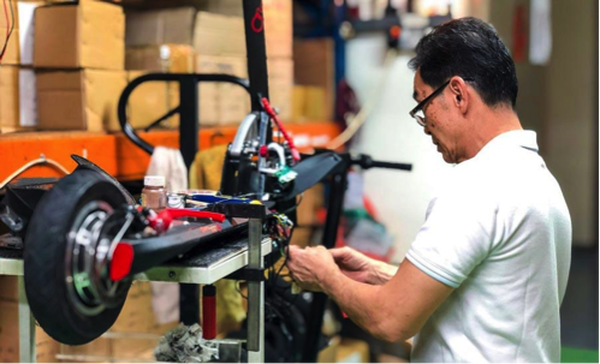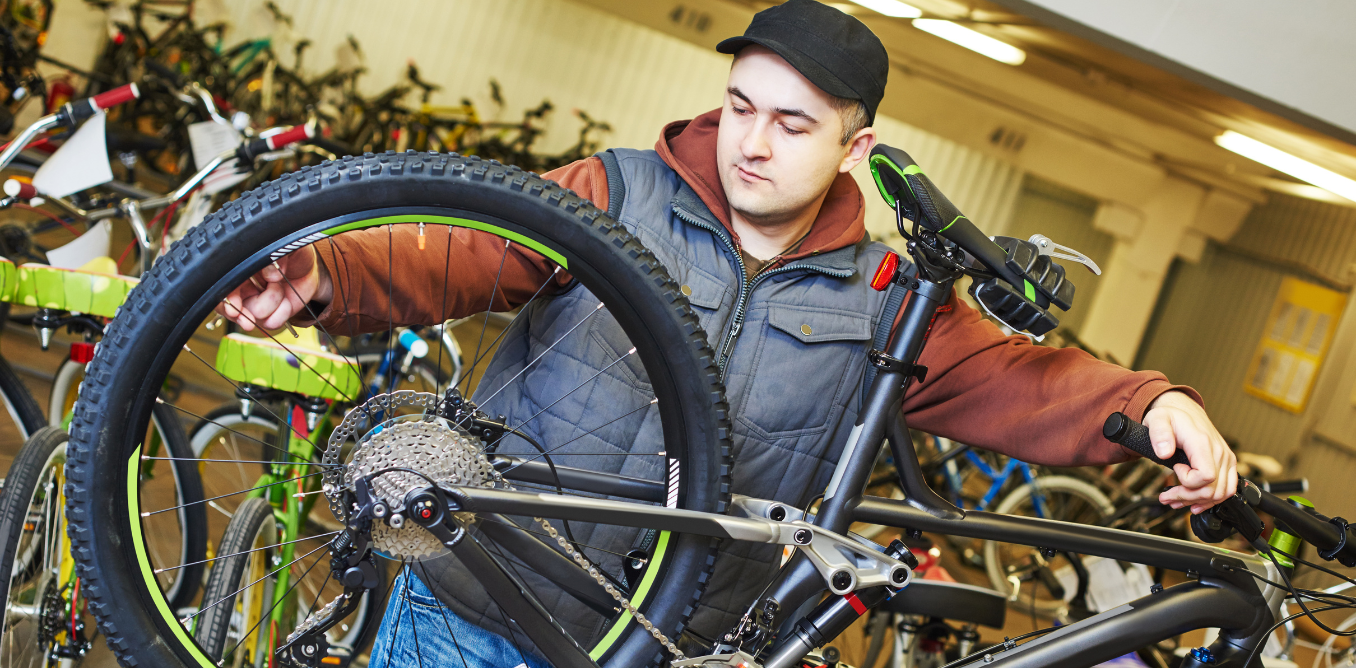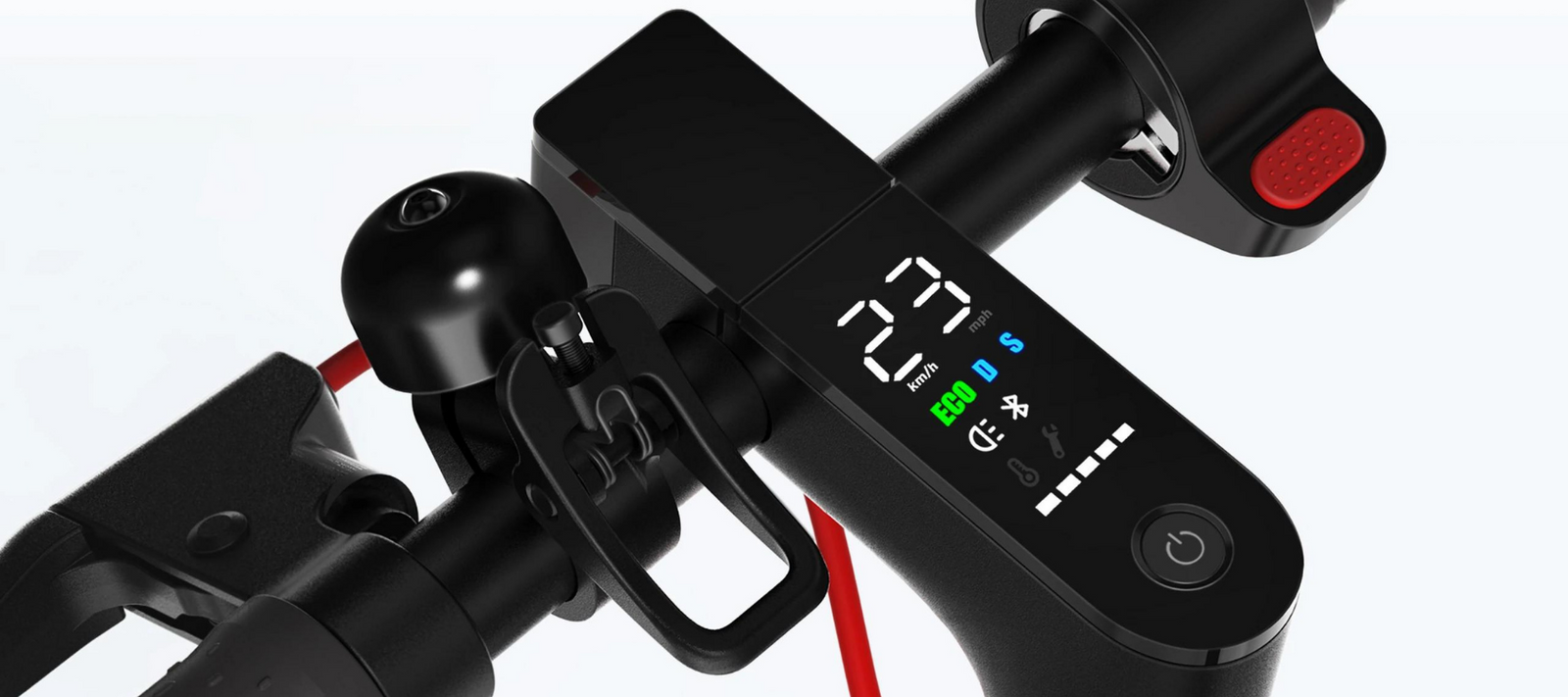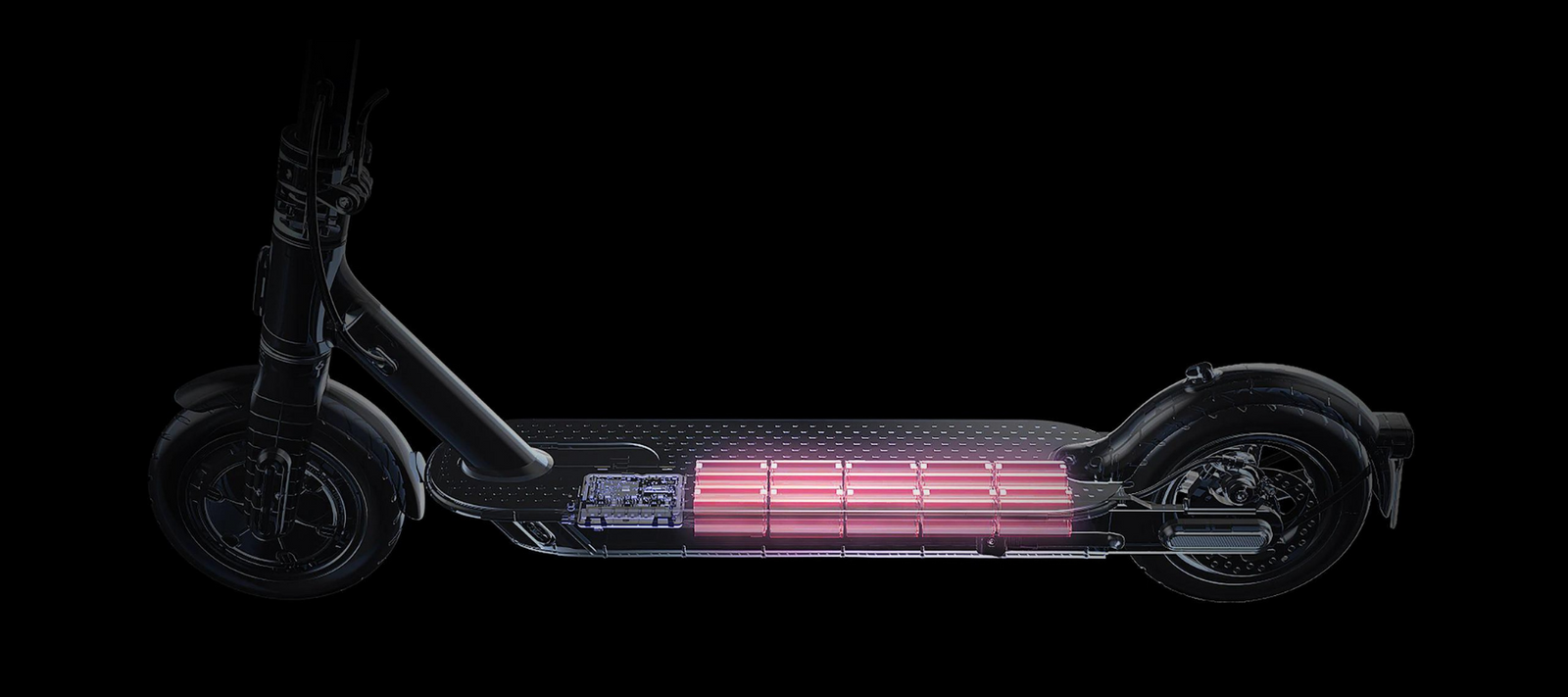How to Fix an Electric Scooter: Updated Tips & Guide
Electric scooters have become increasingly popular for their convenience, eco-friendliness, and cost-effectiveness. Modern e-scooters are built to last and typically require minimal upkeep. However, just like any other vehicle, they're not immune to wear and tear. Overcharging batteries, riding in extreme conditions, or neglecting routine maintenance can lead to issues such as motor malfunctions, battery failures, or even electrical component burnout.
In this updated guide, we'll explain how to fix an electric scooter, from diagnosing common issues to performing straightforward repairs. Whether you're a seasoned rider or a newcomer, these tips will help you troubleshoot problems confidently and safely.
Understanding the Electric Scooter Motor
The motor is the heart of any electric scooter. Modern scooters typically use one of the following motor types:
- Geared Hub Motors: Compact, lightweight, and efficient, geared hub motors offer good torque for hill climbing but may have slightly lower top-end power.
- Gearless (Direct-Drive) Hub Motors: Generally larger and heavier, these motors deliver robust power and smoother operation over time. However, they can be less efficient on steep inclines.
- Brushed Motors: More traditional, with internal brushes that wear out over time. They're sturdy and simple but are less efficient and noisier than brushless alternatives.
- Brushless Motors (BLDC): Modern, efficient, and with fewer moving parts. They're lighter, quieter, and offer better power output. On the downside, if they do fail, they can be more expensive to replace. See this Wikipedia article on Brushless DC Electric Motors for a deeper technical dive.
Knowing your electric scooter's motor type helps you understand its performance characteristics and potential vulnerabilities. Regular maintenance, such as keeping the motor clean and inspecting for loose wires, can prevent serious issues.
Essential Tools & Preparations for Electric Scooter Repair
Before diving into troubleshooting, gather these essential tools and follow these preparation tips:
- Multimeter: For testing voltage, continuity, and other electrical parameters.
- Essential Hand Tools: Screwdrivers, Allen, and adjustable wrenches to access panels and components.
- Replacement Parts: Have fuses, spare belts or chains, and an extra throttle or switch if possible.
- Protective Gear: Gloves and safety glasses protect you from electrical hazards and debris.
- Power Off: Always switch off and unplug the scooter before starting any repairs.
Common Electric Scooter Issues & Troubleshooting Steps
Below are the most frequent problems riders encounter and step-by-step instructions on how to fix an electric scooter for each scenario. We've gathered these tips from official manufacturer guides, certified repair forums, and updated industry resources to ensure you get the latest practices.
1. Motor Doesn't Run
- Check the Power Switch: Ensure it's turned on. A loose or faulty switch can disrupt power flow.
- Inspect the Fuse or Circuit Breaker: Overheating or an electrical surge can blow the fuse. Test it with a multimeter to confirm continuity.
- Push-Start the Scooter: Some scooters need a gentle push to engage the motor after powering on.
- Check the Battery and Charger: Ensure your battery is fully charged. Look for indicator lights on your charger. Try another charger or test the charger port if it doesn't work.
- Inspect the Motor & Speed Controller: Look for burnt or melted wires and smell for signs of electrical burn. A damaged speed controller can also prevent motor activation.
- Test the Throttle: Use a 4.5–5V DC power source and a multimeter to check for proper throttle output. A faulty throttle will not signal the motor to run.
2. The Motor Runs, But Scooter Doesn't Move
- Check Power Transmission: If your scooter uses a chain or belt drive, ensure it's appropriately attached and not broken.
- Realign or Replace the Belt/Chain: Worn or misaligned belts and chains can slip or fail.
- Inspect the Motor Gear: Sometimes, the gear on the motor or wheel has stripped teeth that require replacement.
3. Speed Controller Not Working
- Power On: Verify that the power switch is actually on.
- Check Fuse/Circuit Breaker: A simple blown fuse can disable the controller.
- Inspect Connections: Confirm that all battery, throttle, and motor wires are securely connected and not burnt.
- Test Other Components: First, rule out battery or throttle issues, as a failing component can mimic a controller issue.
4. Belt or Chain Keeps Falling Off
- Check the Tension: Overly loose or tight belts/chains can slip or snap.
- Measure for Correct Size: If you need a replacement, measure the old belt/chain's length, width, and tooth spacing (if applicable).
- Realign Sprockets: Sprockets must be parallel; any lateral misalignment causes the chain or belt to derail.
5. Lost Key
- Replace the Key Switch: If your scooter has a keyed ignition, you'll typically need to replace the entire switch assembly. Contact the manufacturer or a local repair shop.
6. Batteries Lose Power Too Quickly
- Charge Fully: Charge the battery for the recommended time (usually 6–8 hours). Undercharging can deplete battery health.
- Test the Charger & Port: A faulty charger or port prevents a full charge.
- Check Battery Voltage: Use a multimeter to confirm that the battery has the correct voltage. If it's far below spec, consider replacing it.
- Assess Riding Habits: Frequent high-speed, uphill travel drains batteries faster. If you notice drastic battery drops, adjust your riding style.
7. Fuse or Circuit Keeps Blowing
- Check for Overload: Riding with heavy loads or steep hills can cause excessive current draw.
- Inspect Electrical Components: A short-circuited wire, damaged controller, or faulty motor can repeatedly blow fuses.
- Replace Damaged Parts: If you detect a burnt smell or see melted wiring, replace the affected parts immediately.
8. Brakes Not Functioning Properly
- Check Brake Pads/Discs: Worn pads or warped discs reduce braking efficiency.
- Adjust Brake Tension: Tighten or loosen the brake cable to ensure proper grip.
- Routine Maintenance: Keep brake components clean and free from debris.
9. Motor Runs Constantly
- It is likely a Speed Controller Issue: A shorted speed controller can bypass throttle inputs.
- Test the Throttle: Ensure it's not electronically stuck in the "on" position. A defective throttle can misread signals.
- Replace Controller: A replacement is often the only solution if the controller is damaged.
10. Battery Won't Charge
- Check Charger & Port: Use a multimeter to verify the charger outputs the correct voltage.
- Inspect the Battery. Look for swelling, leaks, or burn marks—signs that the battery may be unsafe.
- Try Another Scooter (if possible): Testing the battery on a known working scooter can confirm if the battery is faulty.
- Correct Charging Habits: Avoid overcharging. Unplug once the indicator shows a full charge.
11. Motor Runs Slowly
- Check the Battery State: A partially charged or failing battery will reduce motor speed.
- Inspect for Heat or Burn Smells: Overheating motors and controllers lose efficiency.
- Clean & Lubricate: Bearings, wheels, and moving parts can affect performance if dirty or rusted.
- Upgrade Battery (Optional): Some riders opt for higher-capacity or higher-voltage battery packs for better performance.
Final Thoughts on Electric Scooter Repair
Fixing an electric scooter can save you time, money, and frustration. These troubleshooting steps, which range from simple checks like verifying battery levels or fuse continuity to more complex repairs such as replacing the speed controller or motor, should help you address the most common issues.
Always remember that safety comes first. Consult a professional technician or contact the scooter's manufacturer for support when in doubt. Regular maintenance and careful riding habits can prolong the life of your scooter and allow you to enjoy a smooth, efficient ride for years.






